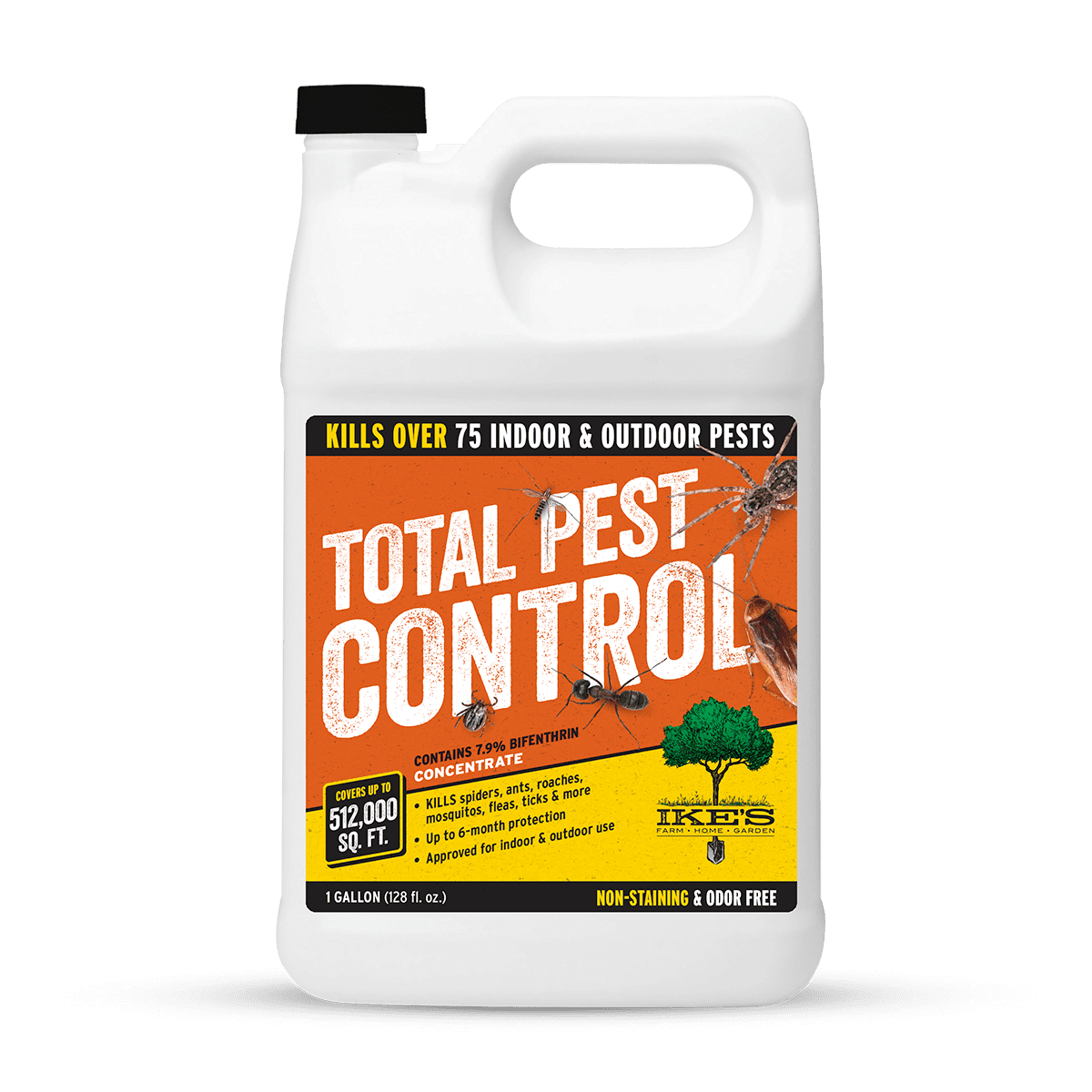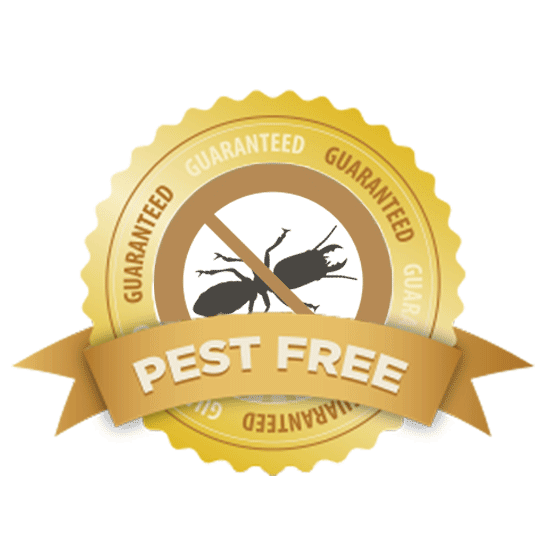A1 Bed Bug Exterminator Charlotte - Specialized Bed Bug Elimination
Wiki Article
Bed Pest Treatment Breakdown: Contrasting Chemical Vs. Non-Chemical Solutions
In the realm of parasite control, particularly when dealing with the consistent problem of bed pests, the choice between chemical and non-chemical therapy solutions can be a critical one. Both strategies provide distinctive benefits and disadvantages, affecting factors such as efficiency, security factors to consider, and overall cost. By taking a look at the nuanced information of each approach, a more clear understanding of which course to pursue in dealing with a bed insect invasion can be attained.Effectiveness of Chemical Treatments
Chemical treatments for bed insect invasions have actually been extensively identified for their powerful and quick efficiency in eradicating these pests. When taking into consideration the efficiency of chemical therapies, it is critical to understand that they can supply a quick and comprehensive option to a bed pest problem. Professional exterminators commonly depend on pesticides to target bed bugs at various phases of their life process, consisting of nymphs, adults, and eggs. These chemicals commonly function by interrupting the bed insects' nervous system, leading to paralysis and ultimate fatality.In addition, chemical therapies have the benefit of providing recurring effects, meaning that they can remain to remove bed insects even after the initial application. This recurring action is specifically beneficial in combating any potential re-infestations. Additionally, the fast action of chemical treatments can bring relief to people facing severe bed insect infestations, permitting them to regain control of their home rapidly.
Safety Worry About Chemical Solutions
One vital aspect that requires cautious factor to consider when using chemical options for bed insect treatment is ensuring the safety and security of occupants and the setting. Exposure to particular chemicals utilized in bed pest therapies can lead to breathing issues, skin inflammation, or various other unfavorable reactions, specifically in individuals with pre-existing conditions or level of sensitivities.Additionally, the ecological influence of chemical services is an additional significant consideration. Some chemicals used in bed insect therapies may be damaging to useful insects, wildlife, and communities if they seep into the dirt or water supply. It is vital to make use of chemical treatments judiciously, complying with safety and security guidelines, and thinking about much less harmful options to minimize these threats and ensure the secure and effective monitoring of bed pest problems.
Benefits of Non-Chemical Methods
Thinking about the potential safety and security worries and environmental influence connected with chemical solutions for bed bug therapy, checking out non-chemical approaches offers an appealing option with numerous unique advantages. Non-chemical treatments are environmentally pleasant, as they do not contribute to air or water air pollution, making them a sustainable selection for parasite control.Additionally, non-chemical services can be efficient in targeting bed pests, consisting of hard-to-reach locations where chemical therapies might not penetrate - A1 charlotte pest control companies. Methods such as heat treatment, vacuuming, heavy steam cleansing, and bed mattress coverings give comprehensive removal without the use of hazardous chemicals.
Limitations of Non-Chemical Treatments

Furthermore, non-chemical therapies commonly need several applications to attain successful removal. This can be taxing and might not constantly guarantee total removal of all bed pests and their eggs, particularly in hard-to-reach or concealed places.
In addition, the success of non-chemical treatments greatly depends on appropriate execution and thoroughness, which can be challenging for individuals without specialist competence. Inadequate application of non-chemical methods may lead to insufficient eradication, resulting in consistent invasions and the requirement for extra treatments.
Consequently, while non-chemical therapies have their benefits, it is necessary to acknowledge these limitations and consider them when cockroach removal establishing the most effective approach for managing bed bug infestations.
Expense Comparison: Chemical Vs. Non-Chemical Options
Given the limitations connected with non-chemical therapies, a crucial facet to review in the context of bed insect administration is the price contrast in between chemical and non-chemical choices. Chemical treatments usually include the application of pesticides by specialists, which can range from $250 to $900 per room, depending on the extent of the infestation and the dimension of the location to be treated. On the other hand, non-chemical therapies like heat therapy or heavy steam can be much more expensive, with prices ranging from $1,000 to $6,000 for an entire home. While the first price of chemical therapies may seem reduced, numerous treatments might be needed to totally eliminate the problem, potentially raising the general price. On the other hand, non-chemical choices might provide a more environmentally friendly and lasting remedy, although they can be cost-prohibitive for some people. Inevitably, when taking into consideration the cost of bed pest treatment alternatives, it is vital to evaluate the upfront costs against the efficiency and long-term sustainability of the selected method.Final Thought

Considering the prospective safety and security issues and ecological influence associated with chemical options for bed bug therapy, discovering non-chemical approaches more tips here provides a promising choice with numerous unique advantages.Offered the constraints associated with non-chemical therapies, an important facet to review in the context of bed bug management is the price comparison between chemical and non-chemical options. In contrast, non-chemical treatments like heat treatment or heavy steam can be much more costly, with expenses varying from $1,000 to $6,000 for an entire home. While the first price of chemical therapies might appear reduced, numerous therapies might be needed to totally get rid of the invasion, potentially enhancing the general expense.In conclusion, when comparing chemical and non-chemical bed bug therapy alternatives, it is vital to think about efficiency, security, benefits, limitations, and expense.
Report this wiki page